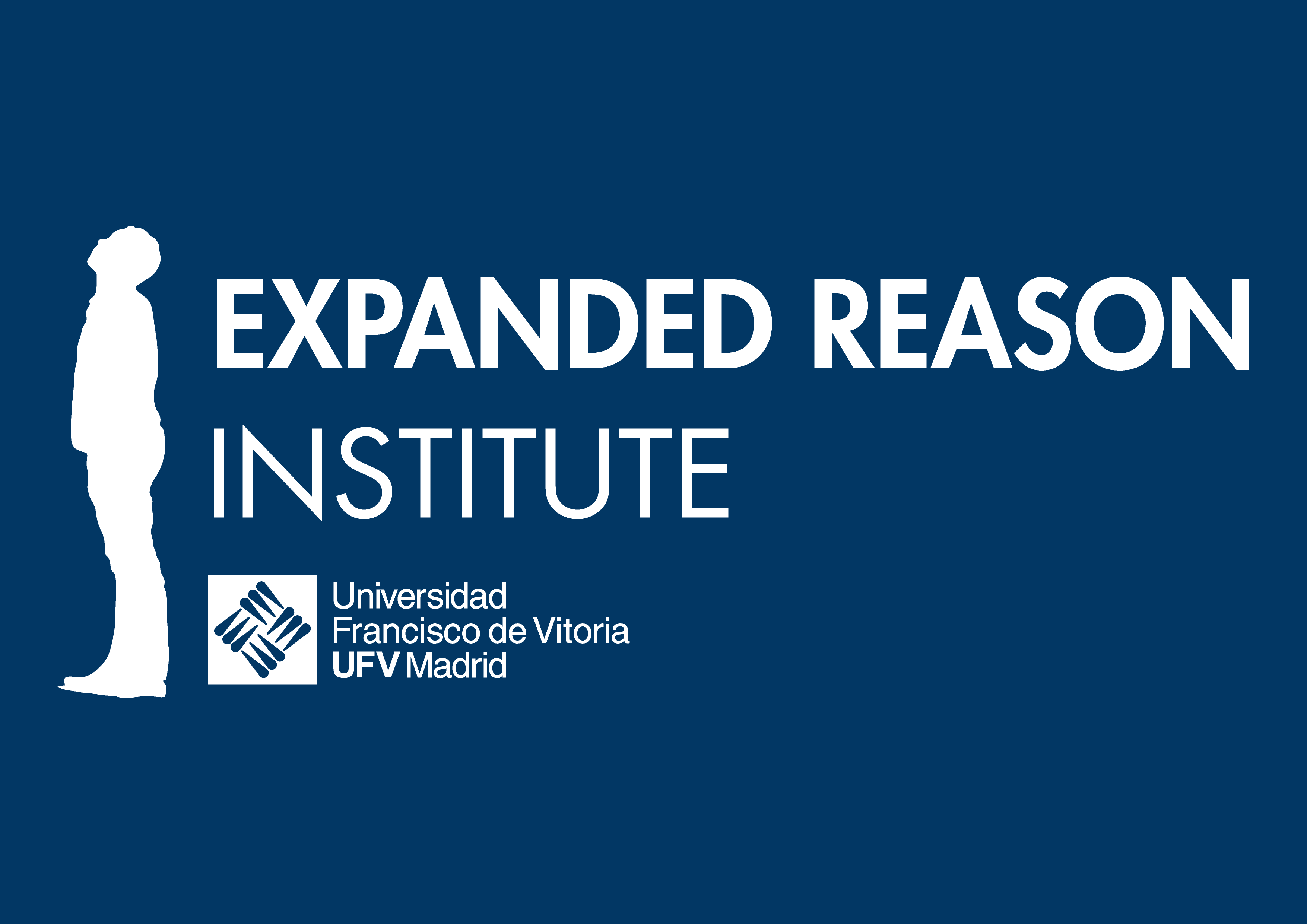Biography
Samuel B. Condic y Maureen L. Condic
 Dr. Samuel Condic is an associate professor of Philosophy in the School of Arts and Sciences and holder of the Cullen Foundation Chair in Business Ethics at the University of St. Thomas in Houston. His background includes a PhD in philosophy and over 10 years of work experience in and around the oil and gas industry. In addition to his work in the field of business ethics, he is the co-author of the recently-released book, Human Embryos, Human Beings: A Scientific & Philosophical Approach, a work which examines human life at its earliest stages.
Dr. Samuel Condic is an associate professor of Philosophy in the School of Arts and Sciences and holder of the Cullen Foundation Chair in Business Ethics at the University of St. Thomas in Houston. His background includes a PhD in philosophy and over 10 years of work experience in and around the oil and gas industry. In addition to his work in the field of business ethics, he is the co-author of the recently-released book, Human Embryos, Human Beings: A Scientific & Philosophical Approach, a work which examines human life at its earliest stages.
 Dr. Maureen L. Condic is an Associate Professor of Neurobiology at the University of Utah School of Medicine, with an adjunct appointment in the Department of Pediatrics. She received her undergraduate degree from the University of Chicago and her doctorate from the University of California at Berkeley. Her research focuses on the role of stem cells in development and regeneration, and has been nationally recognized by both the Basil O’Connor and the McKnight awards. In 2015, she was appointed to the Pontificia Accademia Pro Vita, an international scientific advisory body to the Vatican. In 2018, she was appointed by the President of the United States to the National Science Board, that oversees the National Science Foundation and advises both the President and Congress on scientific issues. Dr. Condic participates in graduate and medical education, and has taught Human Embryology at the University of Utah School of Medicine for 20 years. She has a strong commitment to public education and science literacy, and has presented over 250 seminars and interviews both nationally and internationally on her scientific research, science policy and bioethics. In 2018, Dr. Condic co-authored a book entitled Human Embryos, Human Beings, that explores the nature of the human embryo from scientific and philosophic perspectives. Her second book, Untangling Twinning (2020), considers the biologic and philosophic issues raised by human monozygotic twinning. In addition to her research and teaching, Dr. Condic was appointed as the first Ombudsman for the University of Utah in 2014, and she assists all members of the University community (faculty, staff, students and trainees) with informal conflict resolution.
Dr. Maureen L. Condic is an Associate Professor of Neurobiology at the University of Utah School of Medicine, with an adjunct appointment in the Department of Pediatrics. She received her undergraduate degree from the University of Chicago and her doctorate from the University of California at Berkeley. Her research focuses on the role of stem cells in development and regeneration, and has been nationally recognized by both the Basil O’Connor and the McKnight awards. In 2015, she was appointed to the Pontificia Accademia Pro Vita, an international scientific advisory body to the Vatican. In 2018, she was appointed by the President of the United States to the National Science Board, that oversees the National Science Foundation and advises both the President and Congress on scientific issues. Dr. Condic participates in graduate and medical education, and has taught Human Embryology at the University of Utah School of Medicine for 20 years. She has a strong commitment to public education and science literacy, and has presented over 250 seminars and interviews both nationally and internationally on her scientific research, science policy and bioethics. In 2018, Dr. Condic co-authored a book entitled Human Embryos, Human Beings, that explores the nature of the human embryo from scientific and philosophic perspectives. Her second book, Untangling Twinning (2020), considers the biologic and philosophic issues raised by human monozygotic twinning. In addition to her research and teaching, Dr. Condic was appointed as the first Ombudsman for the University of Utah in 2014, and she assists all members of the University community (faculty, staff, students and trainees) with informal conflict resolution.
About Human Ebryos. Human Beings.
The overall purpose of Human Embryos, Human Beings is to evaluate the human embryo in light of the most recent biological evidence in order to determine as best we are able when genuine human existence begins. The answer to this question has profound implications for our understanding of both the nature of human embryos and our ethical obligations to them. The thesis of the book is that sound philosophical reasoning and the available scientific evidence support an “immediate hominization” view of the embryo; i.e., that a human being is present from the moment of fertilization onward. We examine several long-standing philosophical arguments against immediate hominization that have dominated modern thinking about the embryo and consider several cases where either natural defect or scientific manipulation make the determination of the ontological status of the embryo more difficult.
Human Embryos, Human Beings is based on the premise that philosophical and scientific approaches are not in conflict and that the most comprehensive understanding of the human embryo is achieved though the rigorous integration of sound philosophy with the best available scientific data. To this end, in addition to its detailed analysis of the relevant science, the book also includes a presentation of hylomorphism, the philosophical viewpoint employed by the authors to analyze the question. Often, one finds either a thorough and well-reasoned philosophical account of human nature and human life or a detailed scientific analysis of the process of human development. This book makes a welcome addition to the field by integrating both of these needed elements into a single text.


